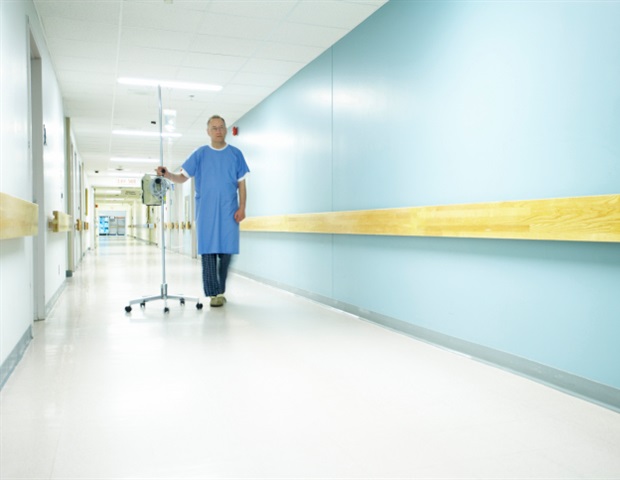
Greater than 1 in 5 adults in Canada didn’t have entry to major care, with massive regional gaps in entry, discovered new analysis in CMAJ (Canadian Medical Affiliation Journal) https://www.cmaj.ca/lookup/doi/10.1503/cmaj.231372.
Translated to the inhabitants of Canada, our survey estimates that greater than 6.5 million adults throughout the nation haven’t got entry to a household physician or nurse practitioner they will see often. And even these fortunate sufficient to have a household physician are struggling to get well timed look after pressing issues or care on evenings and weekends.”
Dr. Tara Kiran, household doctor and researcher on the MAP Centre for City Well being Options at St. Michael’s Hospital, Unity Well being Toronto and the College of Toronto
As a part of an 18-month, across-Canada initiative to develop a imaginative and prescient with sufferers and the general public for major care known as OurCare, researchers carried out a survey to know individuals’s values and experiences with major care. They analyzed knowledge from greater than 9200 individuals through survey, with 73% of surveys in English and 27% in French to supply a nationwide overview.
“What’s most stunning is the provincial variation in entry to major care,” says Dr. Kiran. “Main care is the entrance door to the well being care system -; the primary level of entry for acute issues, managing persistent illness, stopping sickness, and serving to individuals entry different helps. It’s merely unconscionable that in some components of the nation, this door is now closed for nearly one-third of the inhabitants.”
In Quebec and the Atlantic provinces, virtually 1 in 3 individuals reported they didn’t have a major care clinician, even after the authors adjusted for variations in age, gender, training, and different demographic traits of survey respondents. Folks in Ontario have been most probably to report having a major care clinician. Males, individuals youthful than 65 years, and people with poor well being have been much less more likely to have a major care clinician.
Folks with major care clinicians additionally reported challenges in accessing care, as most practices didn’t provide appointments outdoors of common weekday 9–5 hours, and greater than half of respondents stated they might not get an pressing appointment inside 3 days of trying to e-book. Many flip to walk-in clinics, which don’t present continuity of care, one thing that sufferers indicated was vital.
The analysis workforce notes that 90% of survey respondents can be comfy with getting care from one other member of a major care well being workforce, steered internationally as one resolution to deal with the first care disaster. But lower than 15% of respondents reported that their major care clinician labored with a social employee or pharmacist or dietitian. There was substantial provincial variation, with the chances of working with any well being skilled decrease for individuals residing outdoors Ontario and Quebec.
“The disaster in entry to major care is in stark distinction to the values that folks in Canada maintain pricey -; that everybody ought to have entry to well being care no matter the place they dwell and who they’re,” says Dr. Kiran.
Supply:
Journal reference:
Kiran, T., et al. (2024) Public experiences and views of major care in Canada: outcomes from a cross-sectional survey. CMAJ. doi.org/10.1503/cmaj.231372.